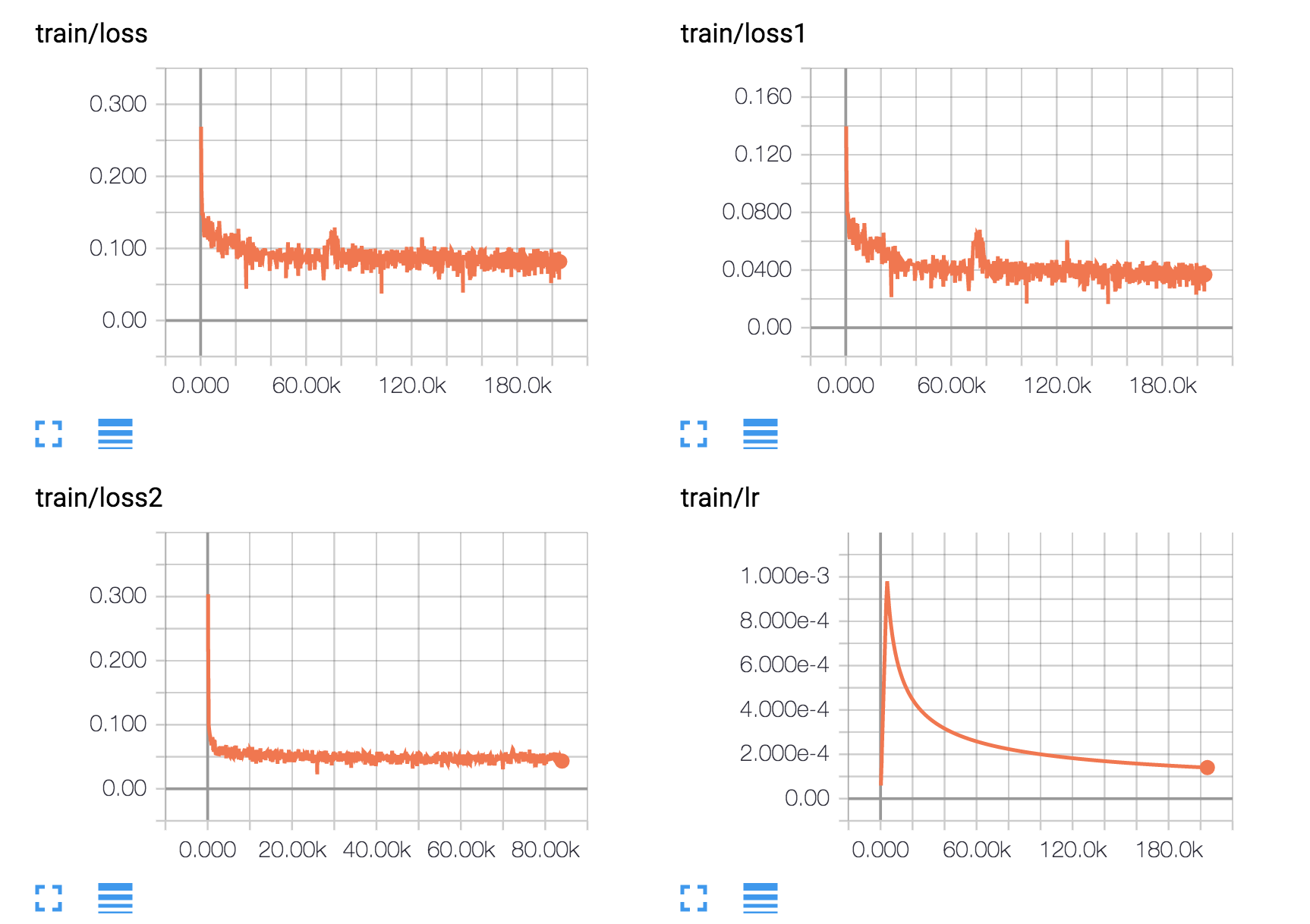A (Heavily Documented) TensorFlow Implementation of Tacotron: A Fully End-to-End Text-To-Speech Synthesis Model
- NumPy >= 1.11.1
- TensorFlow >= 1.3
- librosa
- tqdm
- matplotlib
- scipy
We train the model on two different speech datasets.
LJ Speech Dataset is recently widely used as a benchmark dataset in the TTS task because it is publicly available. It has 24 hours of reasonable quality samples. Nick's audiobooks are additionally used to see if the model can learn even with less data, variable speech samples. They are 18 hours long.
- STEP 0. Download LJ Speech Dataset or prepare your own data.
- STEP 1. Adjust hyper parameters in
hyperparams.py. - STEP 2. Run
python train.py. - STEP 3. Run
python eval.pyregularly during training.
We generate speech samples based on Harvard Sentences as the original paper does. It is already included in the repo.
- Run
python synthesize.pyand check the files insamples.
-
It's important to monitor the attention plots during training. If the attention plots look good (alignment looks linear), and then they look bad (the plots will look similar to what they looked like in the begining of training), then training has gone awry and most likely will need to be restarted from a checkpoint where the attention looked good, because we've learned that it's unlikely that the loss will ever recover. This deterioration of attention will correspond with a spike in the loss.
-
In the original paper, the authors said, "An important trick we discovered was predicting multiple, non-overlapping output frames at each decoder step" where the number of of multiple frame is the reduction factor,
r. We originally interpretted this as predicting non-sequential frames during each decoding stept. Thus were using the following scheme (withr=5) during decoding.t frame numbers ----------------------- 0 [ 0 1 2 3 4] 1 [ 5 6 7 8 9] 2 [10 11 12 13 14] ...After much experimentation, we were unable to have our model learning anything useful. We then switched to predicting
rsequential frames during each decoding step.t frame numbers ----------------------- 0 [ 0 1 2 3 4] 1 [ 5 6 7 8 9] 2 [10 11 12 13 14] ...With this setup we noticed improvements in the attention and have since kept it.
-
Perhaps the most important hyperparemeter is the learning rate. With an intitial learning rate of 0.002 we were never able to learn a clean attention, the loss would frequently explode. With an initial learning rate of 0.001 we were able to learn a clean attention and train for much longer get decernable words during synthesis.
-
Check other TTS models such as DCTTS or deep voice 3.
- We use Noam style warmup and decay.
- We implement gradient clipping.
- Our training batches are bucketed.
- After the last convolutional layer of the post-processing net, we apply an affine transformation to bring the dimensionality up to 128 from 80, because the required dimensionality of highway net is 128. In the original highway networks paper, the authors mention that the dimensionality of the input can also be increased with zero-padding, but they used the affine transformation in all their experiments. We do not know what the Tacotron authors chose.
- Efficiently Trainable Text-to-Speech System Based on Deep Convolutional Networks with Guided Attention
- Storytime - End to end neural networks for audiobooks
Jan. 2018, Kyubyong Park & Tommy Mulc



